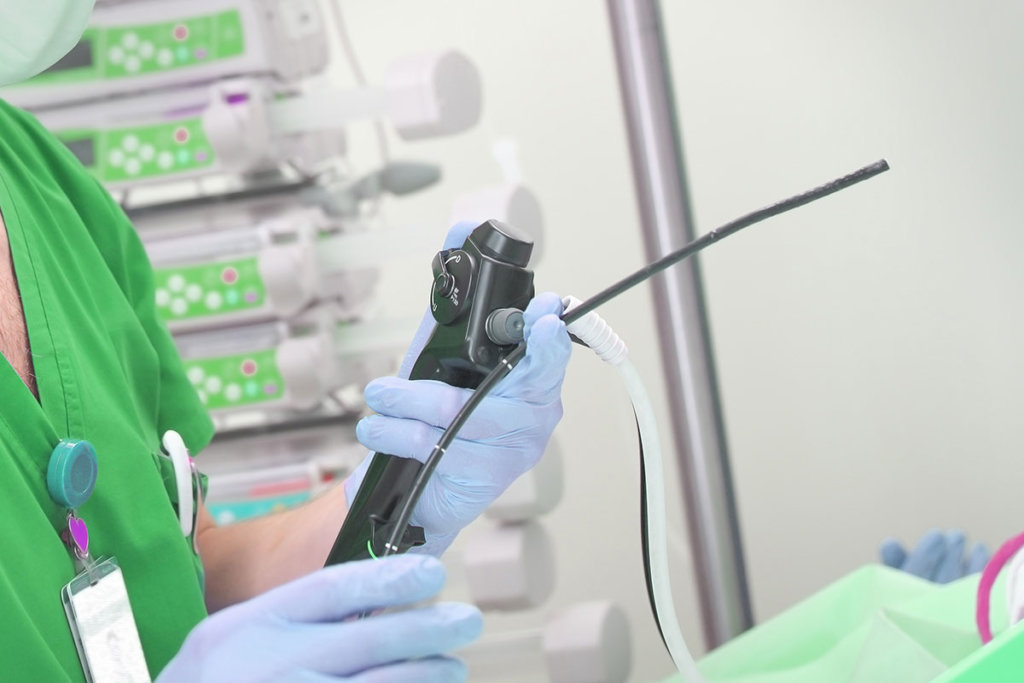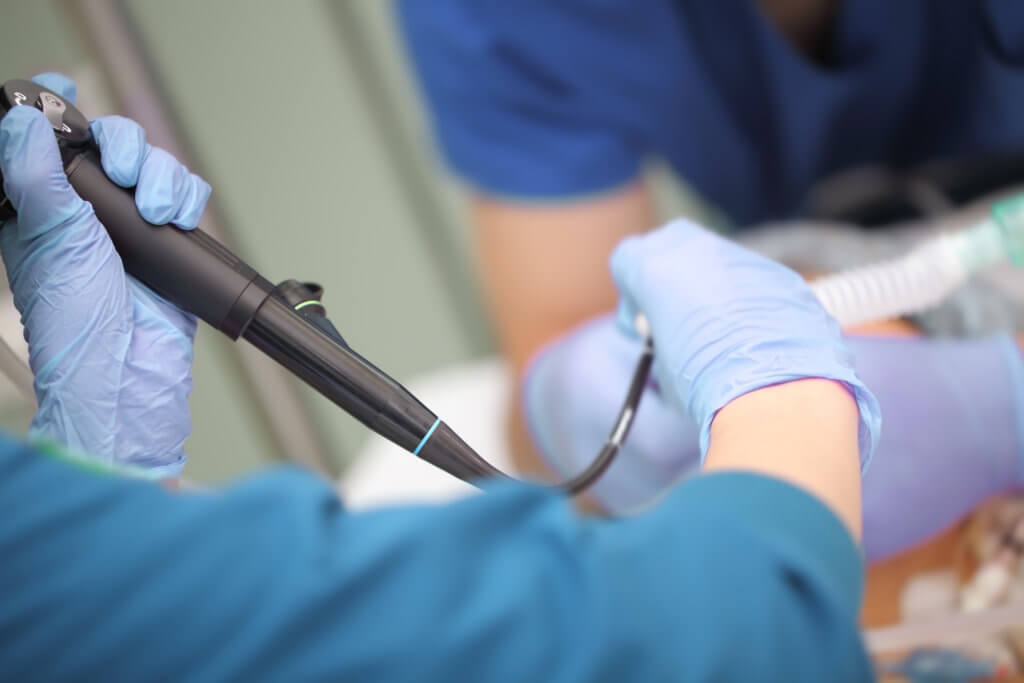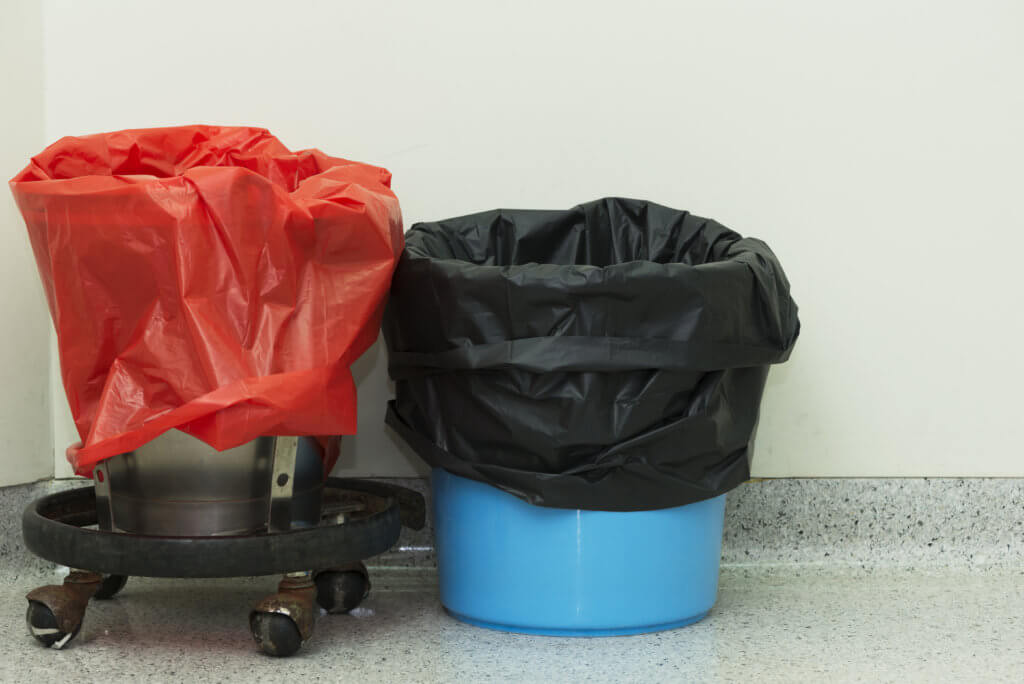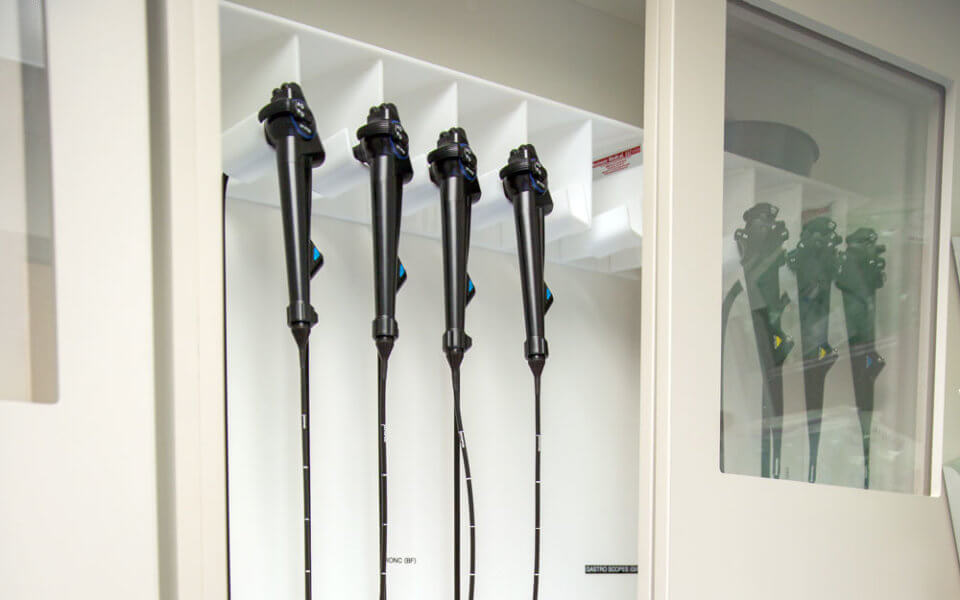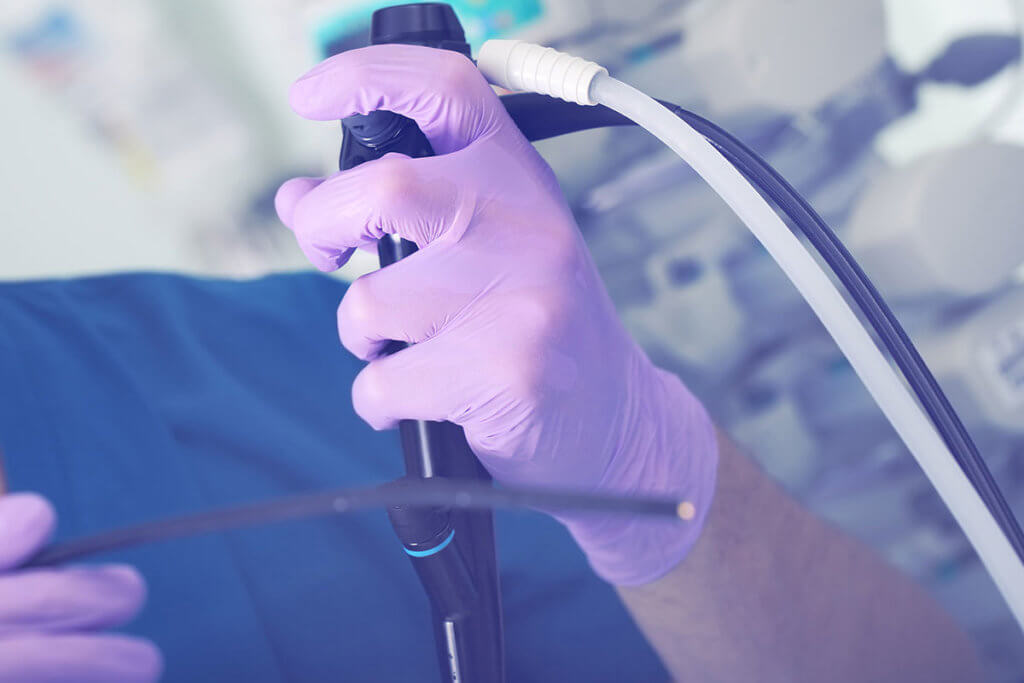Lessons on Bronchoscopy and COVID-19 From a New York City Hospital
Prevention Strategies
Fear and distrust permeated the early weeks fighting the novel coronavirus, said Dr. James M. Horowitz. But focusing on fundamentals led to fresh insights on how to best treat patients and protect healthcare professionals.
FDA Agency Wants to Better Understand Medical Device Processing and Patient Infection Risks
Prevention Strategies
A new report from the FDA’s Center for Devices and Radiological Health will guide policy makers crafting regulatory decisions involving new science and technology
Duodenoscope Manufacturers Must Balance Disposability, Functionality, and Cost-Effectiveness
Prevention Strategies
The FDA’s move to spur innovative designs to boost patient safety has stoked the market’s appetite for disposable scopes, but there are development hurdles.
A Few Common Causes of Ventilator-Associated Pneumonia
Prevention Strategies
Many pathogens can cause ventilator-associated pneumonia, or VAP. These pathogens can enter the lungs via contaminated respiratory devices. A few linked studies here provide information about how devices, particularly bronchoscopes, can contribute to VAP.
FDA Recommendation to Transition to Duodenoscopes with Innovative Designs Poses Challenges
Prevention Strategies
How can providers, manufacturers, and infection-prevention departments implement this shift without undue strain on their limited time and resources? We explore this issue in a series of posts guiding stakeholders through the process.
13 Lessons Learned During a Decade of Endoscope Auditing
Prevention Strategies
Running an efficient endoscope auditing program is a complex undertaking. A new study distills years of experience into about a dozen key learnings designed to ensure that a hospital’s endoscopes are “patient-ready, every time.”
What Happens After Reprocessing? Best Practices for Endoscope Drying and Storage
Prevention Strategies
Despite all the information available through professional societies and the medical literature, developing endoscope drying and storage protocols can be challenging for hospitals. Guideline variations only add to the challenge.
Understanding Endogenous vs. Exogenous Infections After a Bronchoscopy
Prevention Strategies
There are two types of infections that patients can acquire after an endoscopy—endogenous and exogenous—and one can’t be prevented by well-controlled disinfection procedures. We explore the infection risks during and after a bronchoscopy and what health care professionals can do about them.
How COVID-19 is Making the Case for Single-Use Bronchoscopes
Prevention Strategies
Becker’s Hospital Review explored bronchoscope reprocessing and cross-contamination issues in a recent feature story. It’s an important issue to probe, especially now.
Do Automated Drying Cabinets Reduce Risk of Microbial Growth in Flexible Endoscopes?
Prevention Strategies
Researchers sought to determine if the type of storage cabinet—automated drying cabinet vs. standard drying cabinet—made a difference in reducing the risk of microbial growth and biofilm creation after reprocessing. Here’s what they found.


